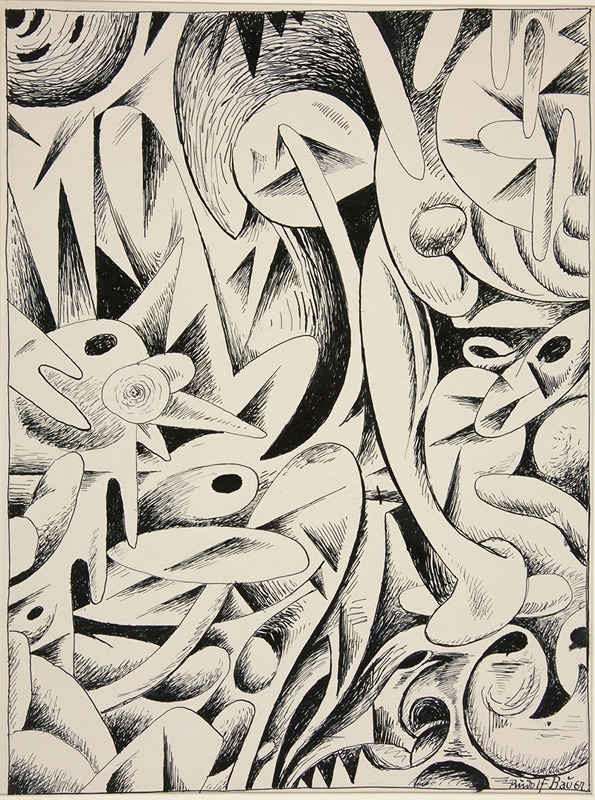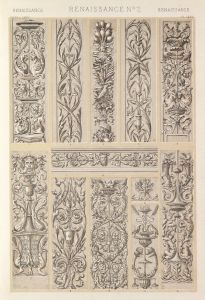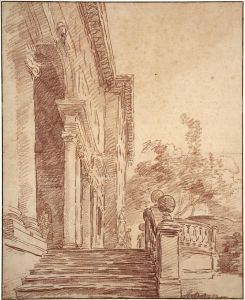
Untitled
A hand-painted replica of Rudolf Bauer’s masterpiece Untitled, meticulously crafted by professional artists to capture the true essence of the original. Each piece is created with museum-quality canvas and rare mineral pigments, carefully painted by experienced artists with delicate brushstrokes and rich, layered colors to perfectly recreate the texture of the original artwork. Unlike machine-printed reproductions, this hand-painted version brings the painting to life, infused with the artist’s emotions and skill in every stroke. Whether for personal collection or home decoration, it instantly elevates the artistic atmosphere of any space.
Rudolf Bauer was a German painter known for his contributions to the non-objective art movement in the early 20th century. His work, "Untitled," is a notable example of his abstract style, which often incorporated geometric shapes, bold colors, and dynamic compositions. Bauer was a contemporary of artists like Wassily Kandinsky and was associated with the Der Sturm gallery in Berlin, which played a significant role in promoting avant-garde art in Europe.
Bauer's "Untitled" paintings are characterized by their vibrant use of color and form, often eschewing representational elements in favor of pure abstraction. This approach was influenced by his belief in the spiritual and emotional power of art, a philosophy shared by many artists of the non-objective movement. Bauer's work was deeply rooted in the idea that art should transcend the material world and evoke a sense of the sublime.
In the 1920s and 1930s, Bauer's work gained significant recognition, and he became associated with Solomon R. Guggenheim, an American art collector and philanthropist. Guggenheim was an avid supporter of non-objective art and began collecting Bauer's works, eventually amassing a substantial collection. This relationship culminated in the establishment of the Museum of Non-Objective Painting in New York City, which later became the Solomon R. Guggenheim Museum. Bauer's art was central to the museum's early exhibitions, and his influence is still evident in the museum's collection today.
Despite his early success, Bauer's career was not without challenges. The rise of the Nazi regime in Germany posed significant threats to avant-garde artists, whose works were often labeled as "degenerate." Bauer was arrested and imprisoned by the Nazis in 1938, but he managed to secure his release and eventually emigrated to the United States. However, his relationship with Guggenheim became strained over contractual disputes and artistic control, leading to a decline in his artistic output.
Bauer's "Untitled" works remain an important part of his legacy, reflecting his commitment to abstraction and his belief in the transformative power of art. His paintings are characterized by their meticulous composition and the interplay of color and form, inviting viewers to engage with them on an emotional and intellectual level. Today, Bauer's work is recognized for its contribution to the development of abstract art and its influence on subsequent generations of artists.
While specific details about individual "Untitled" paintings by Bauer may be limited, his overall body of work continues to be celebrated for its innovation and impact on the art world. His paintings are held in various public and private collections, and they continue to be studied and appreciated for their artistic and historical significance.











